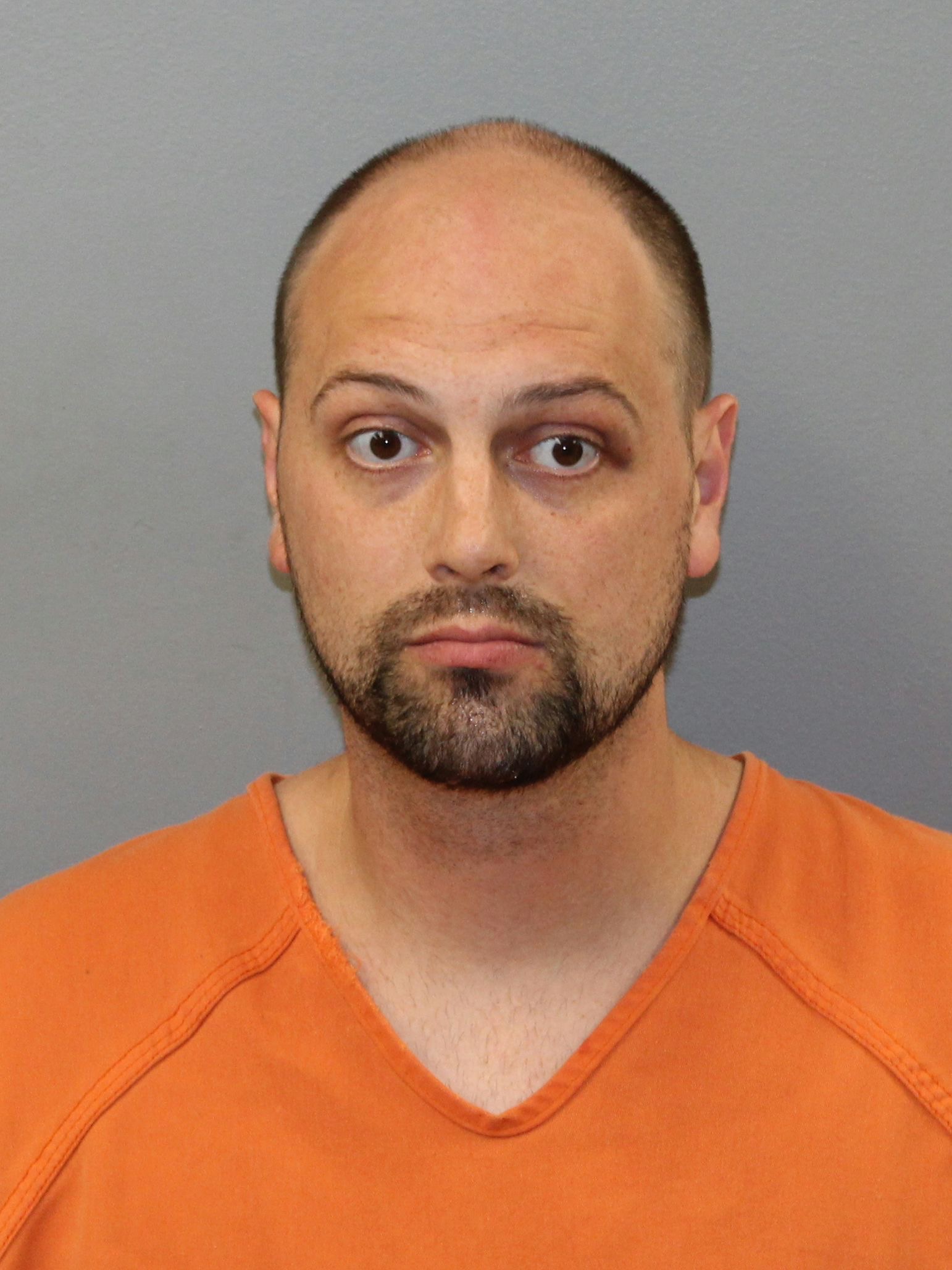In recent years, the opioid epidemic has skyrocketed in Michigan.
In 2000, nearly 200 people died of an opioid overdose in the state—that number only grew ten times higher in 2020.
On Monday, Attorney General Dana Nessel met with officials from Grand Traverse County to highlight the positive impacts coming to Michigan from the .
Pharmaceutical distributors Cardinal, McKesson and AmerisourceBergen, along with opioid manufacturer Johnson & Johnson, committed to pay up to$26 billion nationwide.
“Nearly 3,000 Michigan residents died as a result of an opioid overdose in just the past year,” said Nessel.
Grand Traverse County is receiving nearly $3 million in opioid settlement funds. Larger counties in Michigan are set to get up to $10 million.
“We are there everyday, seeing the effects of this on our community,” said Trooper Travis House with the Michigan State Police Cadillac Post. “We’re hoping and believe that this settlement and the efforts made to get it, will result in more resources for us and other agencies to make a dent in this battle.”
As a whole, the state will receive nearly $800 million from the national settlement with drug makers. It is up to each county to choose how the money should be spent.
“Settlements will equip communities across our state with resources that were not previously available, better address the opioid crisis and support abatement efforts,” said Nessel.
Addiction Treatment Services in Grand Traverse County says this settlement is a new source of motivation in their fight against the opioid epidemic.
“Look at each of those 3,000 people that have passed in the state of Michigan, some of those locally have been in our offices, in my office, we know them intimately, those are again, our friends and neighbors, so this is an acknowledgment that we need a more strategic, systematic approach,” said Addiction Treatment Services CEO Christopher Hindbaugh.
Attorney General Nessel says her office is actively seeking new ways for counties to use the settlement money, from investing in opioid-use disorder treatment to recovery support.
“We all need to work together to make sure that this money gets to all the places where it’s so badly needed and that we don’t lose additional lives by just holding on to that, ” said Nessel. “It should be something we get out to serve as many people as possible, as quickly as we possibly can.”
The first settlement payments will come in April.
© 2023 - 910 Media Group


